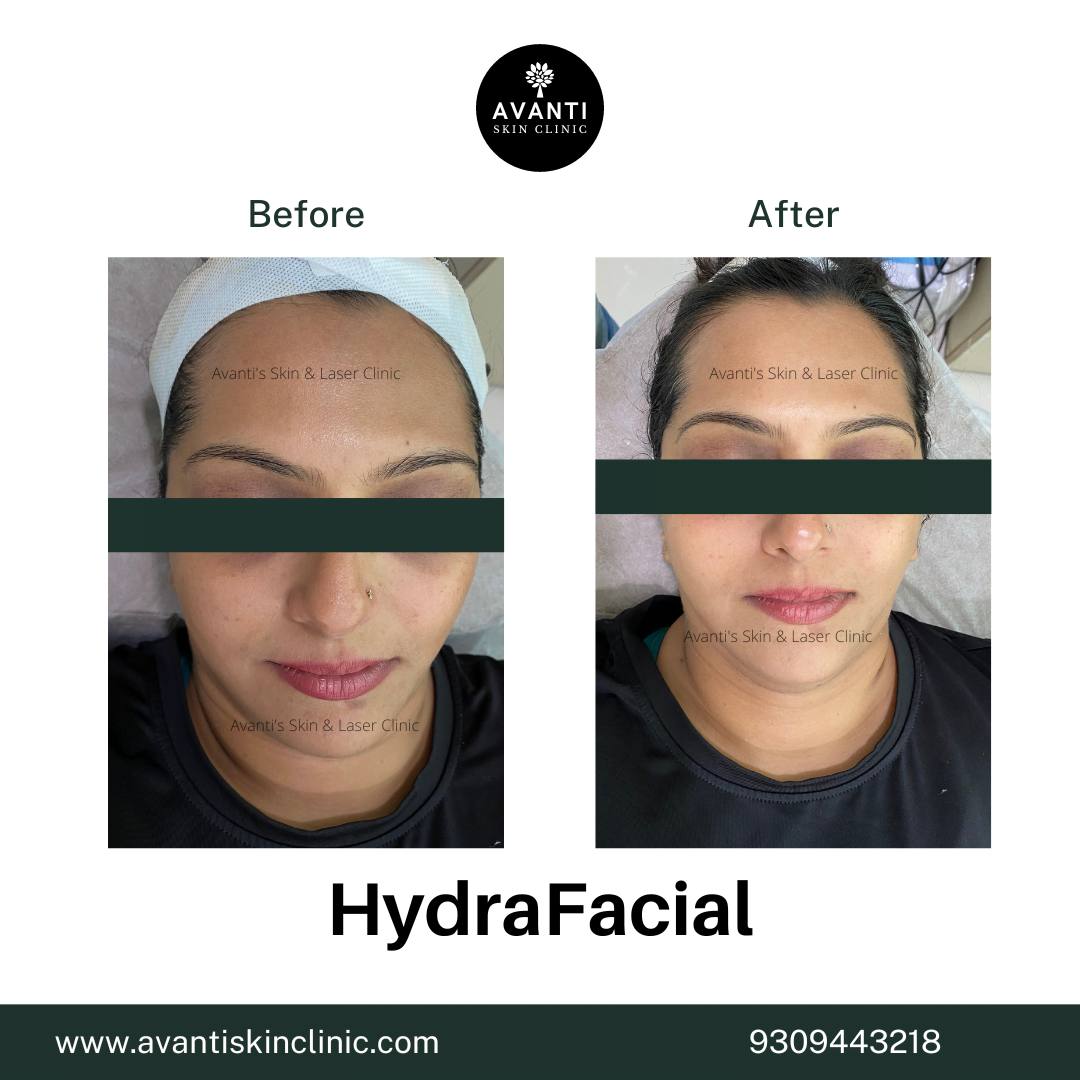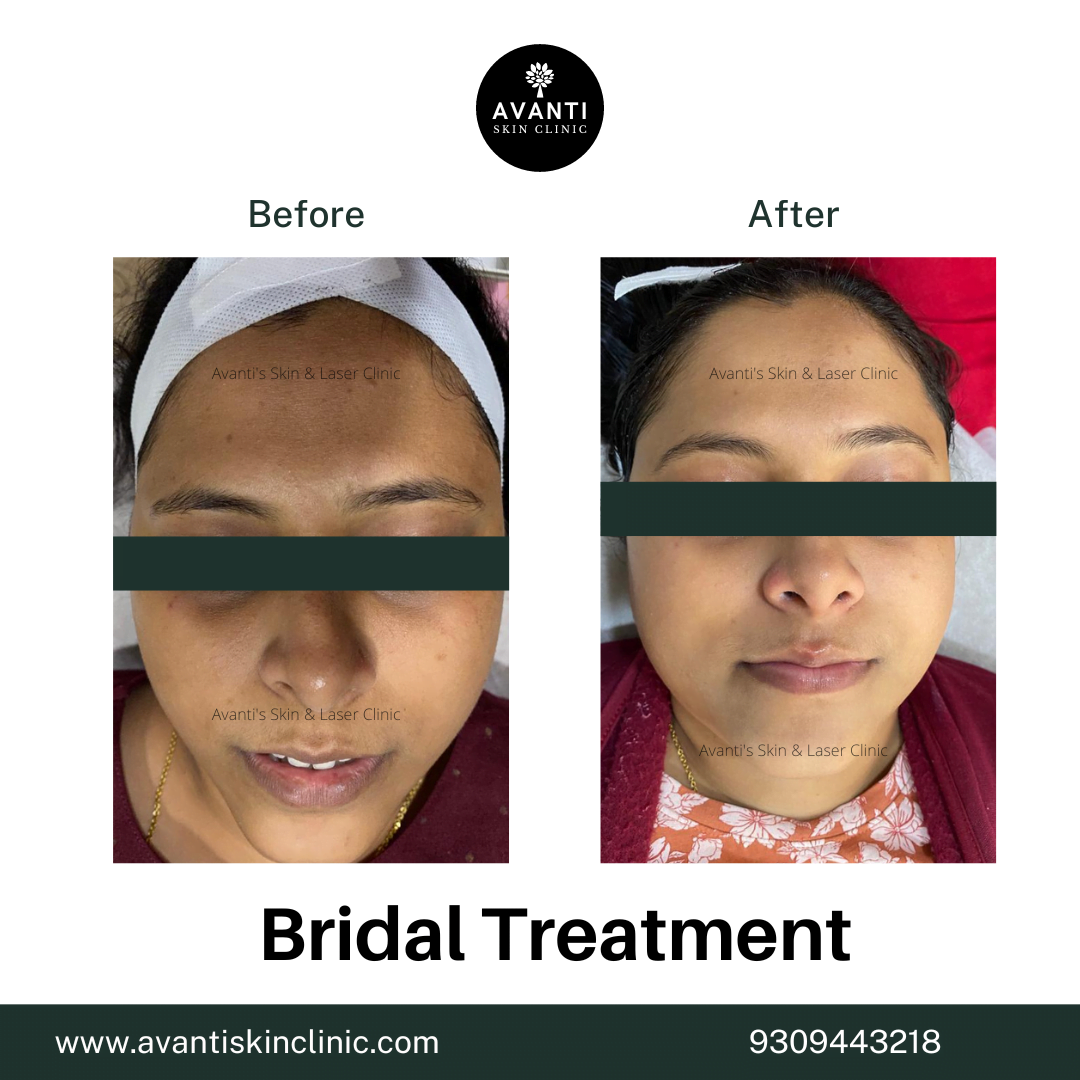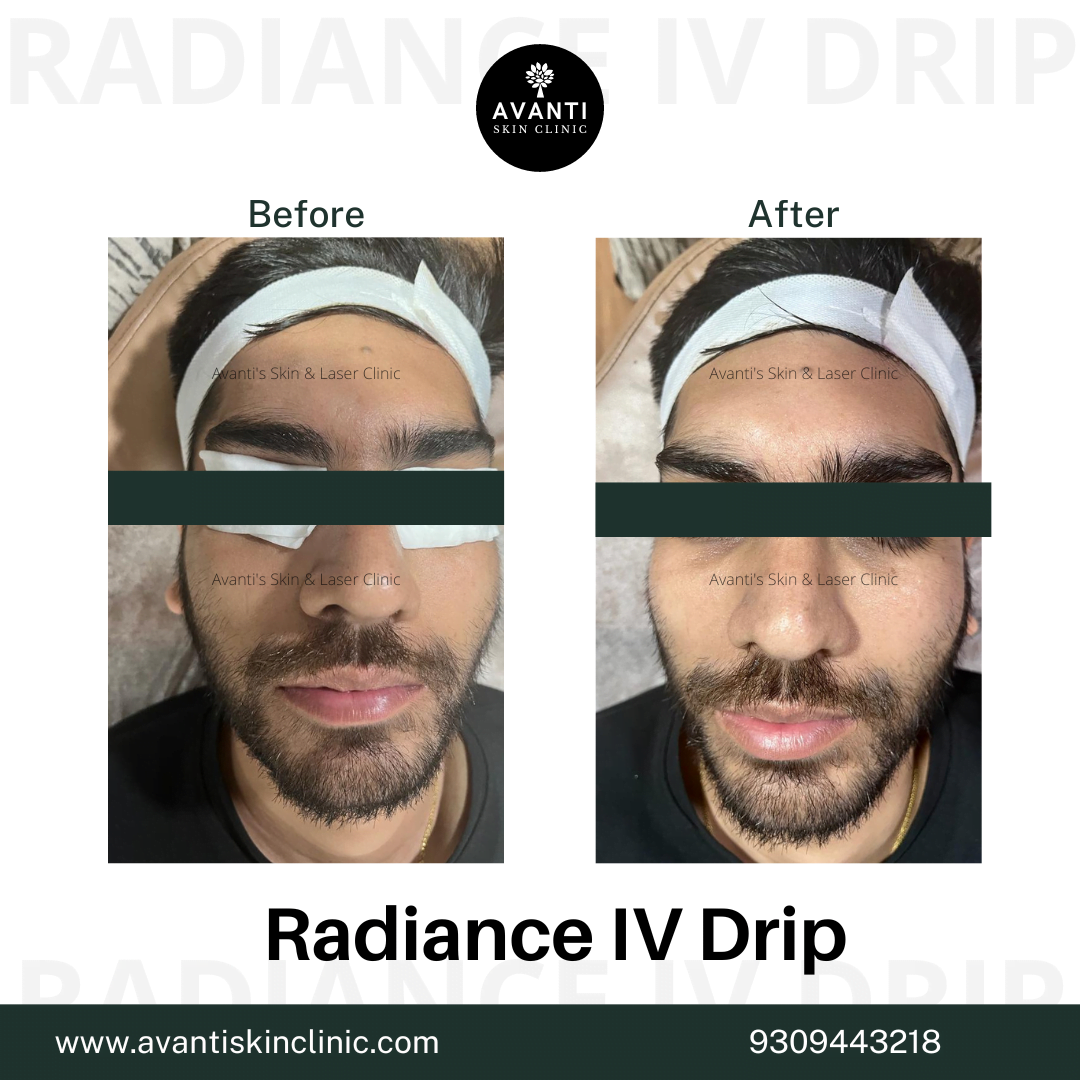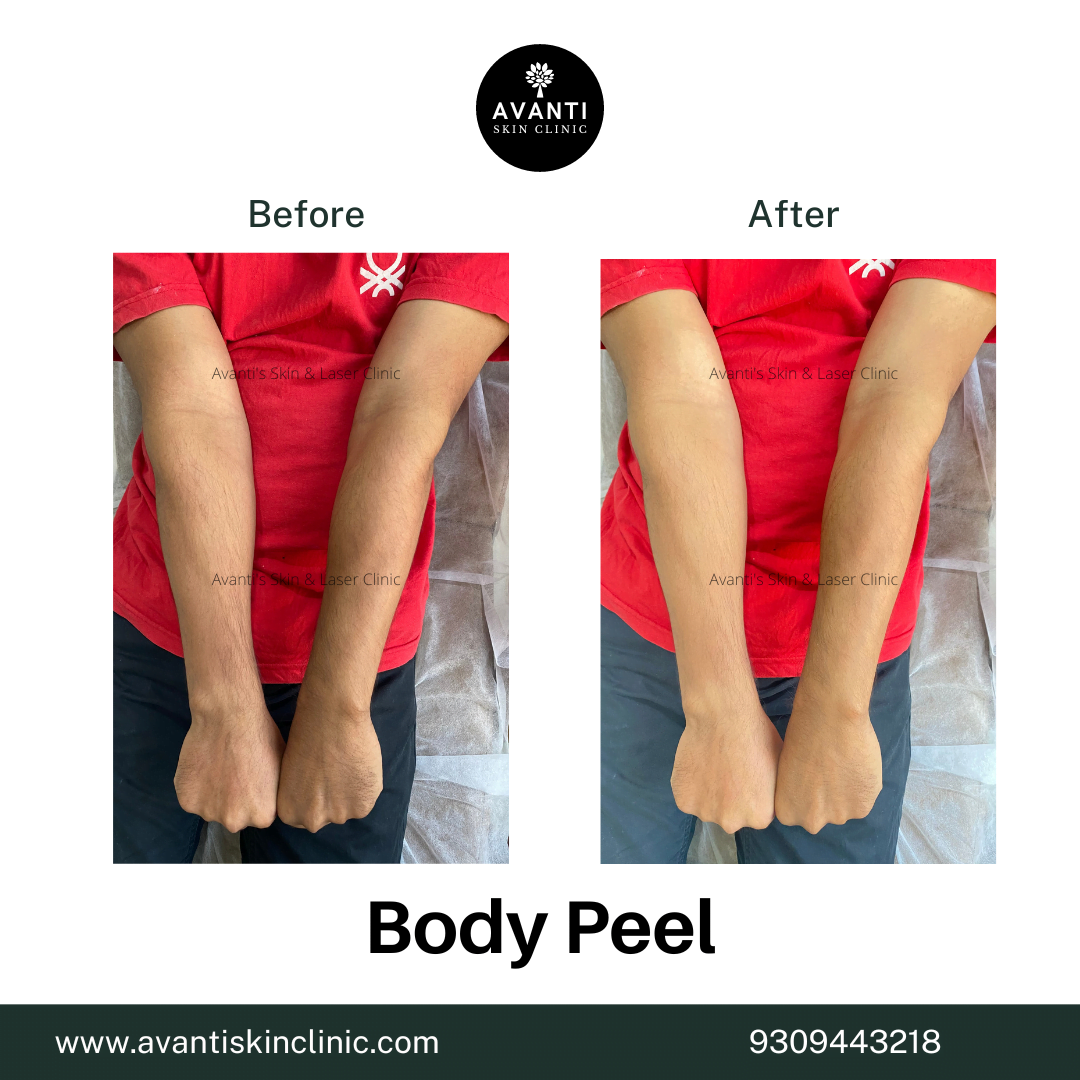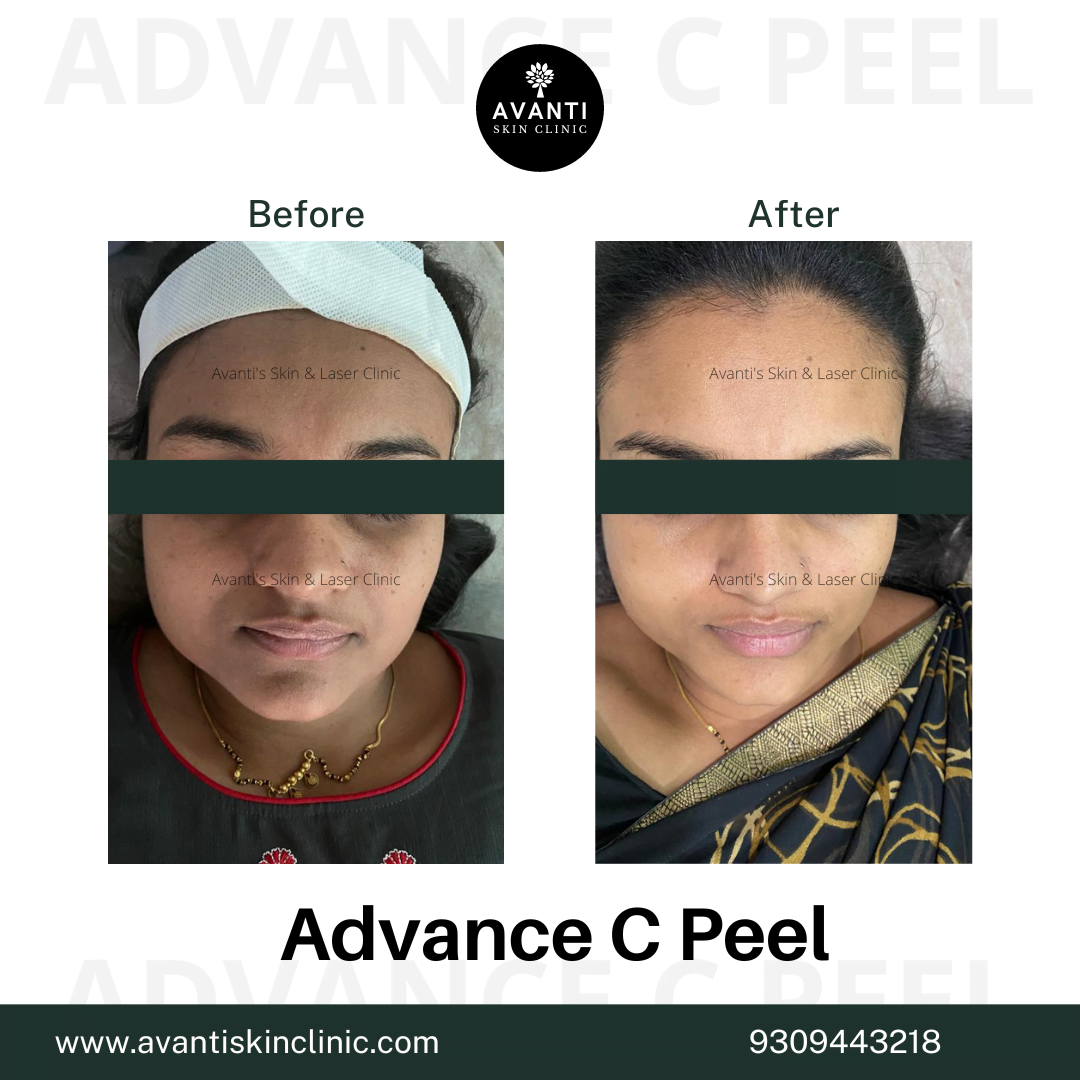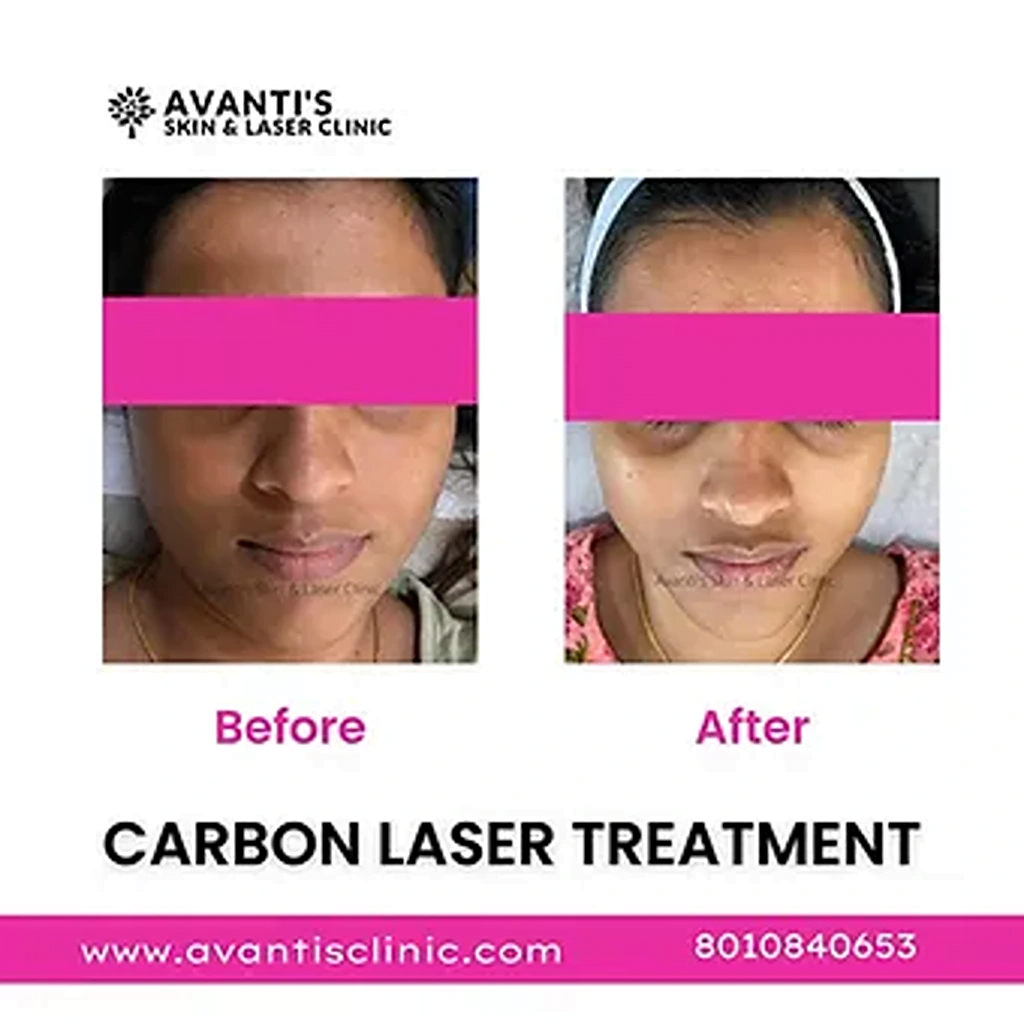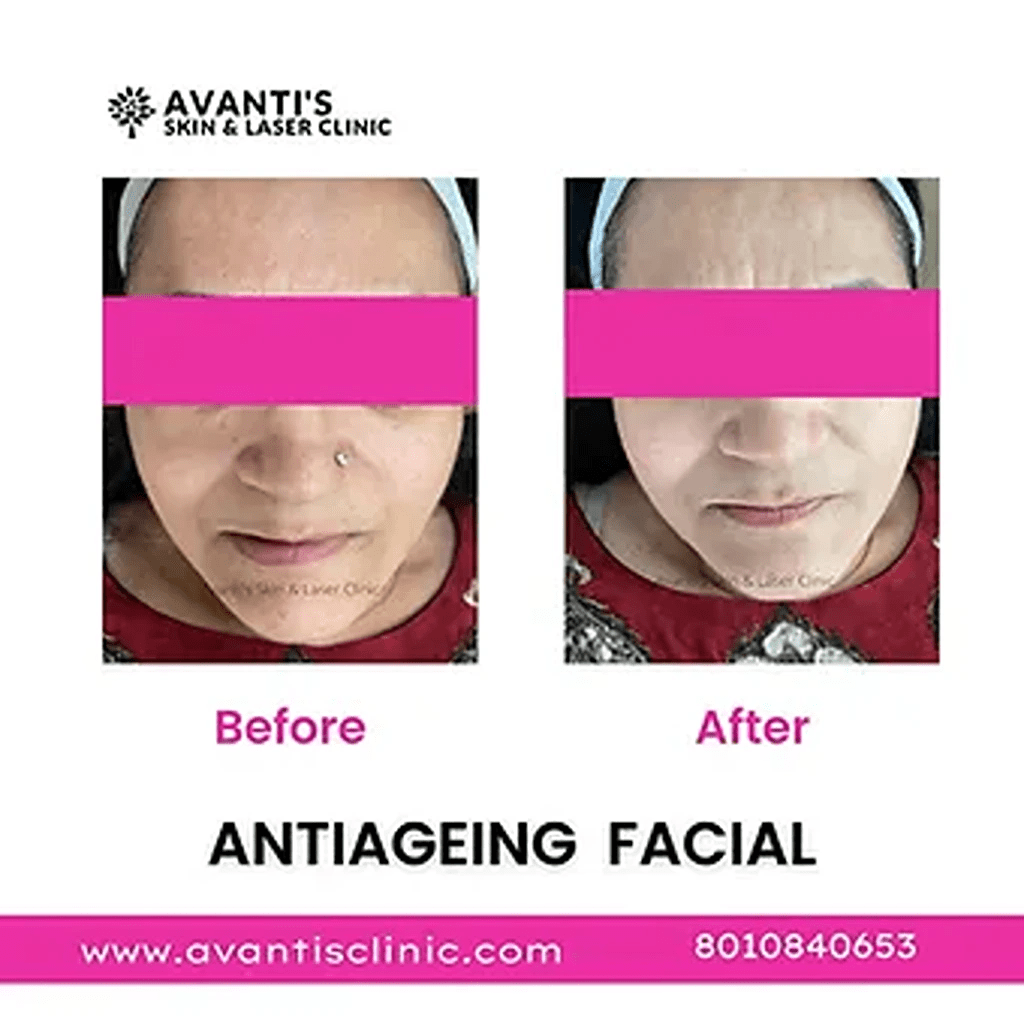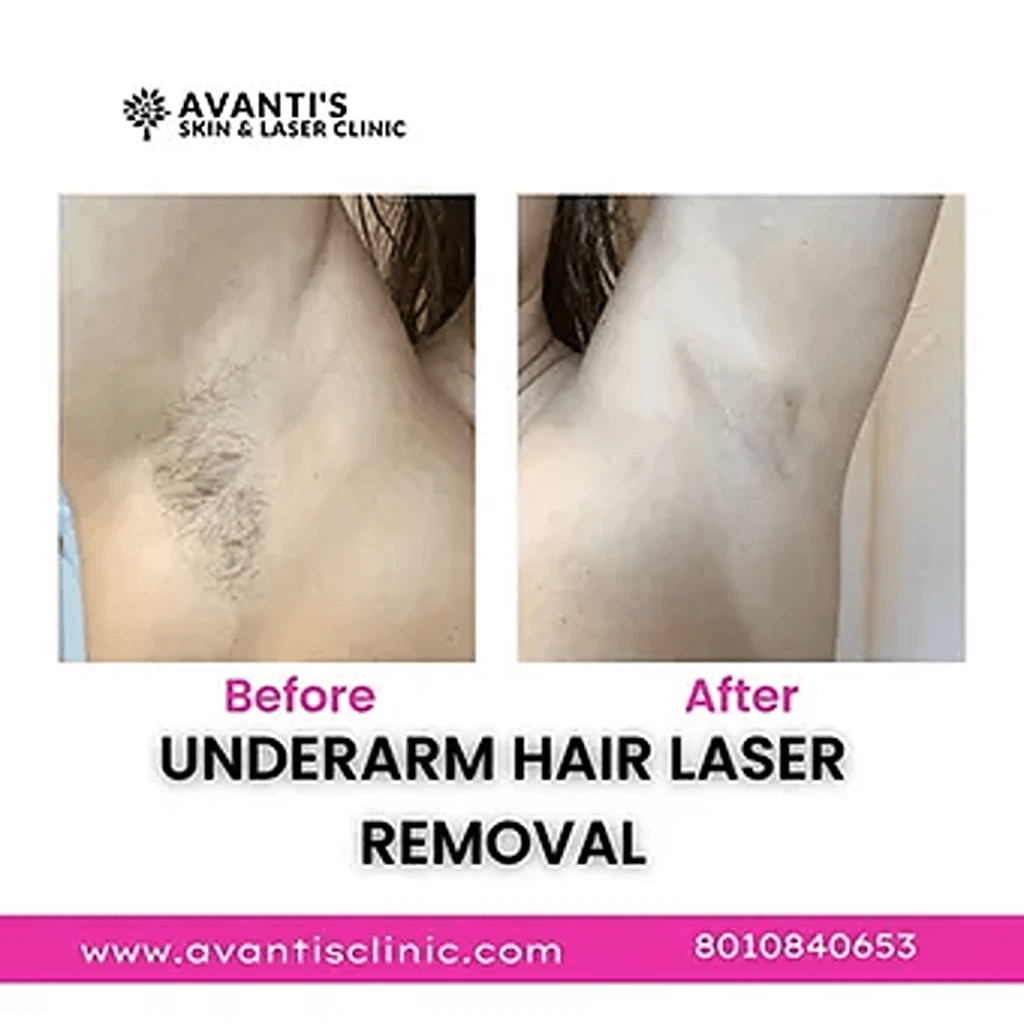Restylane vs Juvederm – Benefits and Cost Differences Explained
In India’s booming aesthetic industry, dermal fillers have become one of the most trusted solutions for facial rejuvenation and contour enhancement. Among the many filler brands available, two names consistently stand out — Restylane and Juvederm.
Both are hyaluronic acid-based fillers designed to restore lost volume, smooth wrinkles, and enhance facial features. But when it comes to choosing between them, many patients wonder: Restylane vs Juvederm — which is better, and how do they differ in results, longevity, and cost?
In this detailed guide, we’ll break down the key differences between Restylane and Juvederm, compare their benefits, and explain how much each treatment typically costs in India.
Understanding Dermal Fillers
Dermal fillers are injectable gels that replenish lost volume and smooth lines caused by ageing, sun exposure, or stress. They work by delivering hyaluronic acid (HA) — a naturally occurring molecule that binds water and keeps the skin plump and hydrated.
Both Juvederm and Restylane are considered premium HA fillers, approved by regulatory authorities such as the US FDA and CE (Europe), and are widely used in reputable clinics across India.
Their primary goal is the same: to create a refreshed, youthful appearance without surgery or significant downtime. However, their formulation and texture make each brand unique in performance and feel.
Restylane vs Juvederm: The Core Difference
If you’re wondering what is the difference between Restylane and Juvederm, the answer lies in the technology and consistency of their formulations.
Feature | Restylane | Juvederm |
Base ingredient | Hyaluronic Acid | Hyaluronic Acid |
Technology used | NASHA (Non-Animal Stabilised Hyaluronic Acid) technology | Hylacross & Vycross technologies |
Texture | Slightly thicker and more granular | Smoother and more gel-like |
Best suited for | Precision contouring and moderate wrinkles | Softer areas and deep lines |
Longevity | 9–12 months (depends on type) | 12–18 months (depends on type) |
Reversibility | Can be dissolved with Hyaluronidase | Can be dissolved with Hyaluronidase |
1. Technology and Texture
- Restylane uses NASHA technology, producing a firmer and more cohesive gel. This makes it ideal for lifting and sculpting specific areas, such as cheeks, jawline, and nasolabial folds.
- Juvederm, on the other hand, uses Hylacross and Vycross cross-linking technologies, resulting in a silkier and more malleable texture, perfect for lips, fine lines, and subtle contouring.
2. Natural Feel
Both brands provide natural results, but Juvederm tends to blend more smoothly into the skin, whereas Restylane offers more structural support — especially in deeper facial planes.
Juvederm and Restylane: Available Variants
Both brands have multiple variants designed for different areas of the face and levels of correction.
Juvederm Range:
- Juvederm Ultra / Ultra Plus – for fine to moderate wrinkles and lip enhancement
- Juvederm Volbella – for delicate lip lines and hydration
- Juvederm Voluma – for cheek and chin augmentation
- Juvederm Volift / Vollure – for nasolabial folds and contouring
Restylane Range:
- Restylane Classic – for moderate lines and folds
- Restylane Lyft – for volume restoration and cheek contouring
- Restylane Kysse – for natural lip enhancement
- Restylane Defyne & Refyne – for dynamic facial movement and natural flexibility
Both product lines are available at top dermatology and aesthetic clinics across major Indian cities such as Mumbai, Delhi, Bangalore, Pune, and Hyderabad.
Which Is Better — Juvederm or Restylane?
The question “which is better, Juvederm or Restylane?” doesn’t have a one-size-fits-all answer. Both are excellent products, but the right choice depends on your aesthetic goals, treatment area, and doctor’s recommendation.
Here’s a quick comparison:
Parameter | Juvederm | Restylane |
Smoothness | Silky texture, spreads evenly | Slightly thicker for precision shaping |
Volume restoration | Excellent for soft, plump results | Great for structural lifting |
Lip treatments | Ideal for volume and smooth finish | Ideal for definition and shape |
Natural look | Blends seamlessly with skin | Sculpted, defined results |
Post-procedure swelling | Slightly more due to gel softness | Less swelling due to firmer texture |
Verdict:
- Choose Juvederm if you want soft, smooth, and natural-looking plumpness — perfect for lips and mid-face volume.
- Choose Restylane if you want precise contouring, firmness, and structure — ideal for jawline, cheeks, or nose correction.
Ultimately, both are premium, safe, and FDA-approved, and the expertise of your injector will have a greater impact on results than the brand itself.
What Lasts Longer — Juvederm or Restylane?
Another common question patients ask is, “what lasts longer, Juvederm or Restylane?”
While both brands offer long-lasting results, Juvederm tends to last slightly longer due to its Vycross technology, which provides tighter cross-linking of hyaluronic acid molecules.
- Juvederm results: typically last 12 to 18 months.
- Restylane results: usually last 9 to 12 months.
However, the actual duration depends on various factors such as:
- The type of filler used
- The area treated
- The patient’s metabolism
- Lifestyle habits (smoking, sun exposure, skincare routine)
For instance, fillers in high-movement areas like lips may wear off faster than those placed in the cheeks or under the eyes.
Benefits of Juvederm and Restylane
Both Juvederm and Restylane are trusted by dermatologists and aesthetic doctors across India because they are:
- Safe and FDA-approved
Both have undergone extensive clinical testing and have an excellent safety profile. - Non-surgical and minimally invasive
Quick procedures with little to no downtime — perfect for working professionals. - Customisable
Different variants allow tailored treatment for every facial zone. - Natural-looking results
When injected correctly, the results appear smooth, youthful, and subtle. - Reversible
Since they’re HA-based, both can be safely dissolved using hyaluronidase if required.
Cost of Restylane vs Juvederm in India
The cost of Restylane vs Juvederm can vary depending on the clinic, city, and the expertise of the injector. However, both are considered premium filler brands, and their price points are relatively close.
Brand | Average Cost (per 1ml syringe) | Typical Uses |
Restylane | ₹18,000 – ₹28,000 | Lips, cheeks, jawline, folds |
Juvederm | ₹20,000 – ₹35,000 | Lips, under-eyes, nasolabial folds, contouring |
In metros like Mumbai, Delhi, and Bangalore, costs may be on the higher side due to experienced injectors and premium clinical setups. Some clinics may also offer package discounts for combined areas (e.g. lips + cheeks).
When comparing cost of Restylane vs Juvederm, remember that longevity and formulation also affect value. Juvederm may cost slightly more, but it often lasts longer, making it cost-effective over time.
Expert Advice: Choosing Between Restylane and Juvederm
- Consult a certified dermatologist or aesthetic doctor.
A professional will assess your skin type, age, and aesthetic goals before recommending the most suitable filler. - Avoid price-driven decisions.
Opting for cheaper, unbranded fillers or inexperienced injectors can lead to complications. - Ask about the filler brand and variant.
Ensure your clinic uses genuine, sealed syringes from authorised distributors. - Follow post-care properly.
Avoid alcohol, saunas, and heavy workouts for 24 hours after injection to prolong results. - Plan regular maintenance.
Annual touch-ups help sustain results and prevent visible signs of ageing.
Final Verdict: Restylane vs Juvederm — Which Is Right for You?
Both Restylane and Juvederm are excellent dermal fillers offering safe, effective, and natural-looking results. The decision depends on your treatment goals, target area, and your doctor’s technique.
- For soft, smooth, and longer-lasting results, Juvederm may be ideal.
- For firm definition and contouring precision, Restylane could be the better fit.
In the hands of an experienced injector, either brand can beautifully rejuvenate your face with minimal risk and downtime.
Yes, glycolic acid effectively reduces melanin buildup and brightens uneven tone, especially when used in professional peels under dermatologist supervision.
Most people need 4–6 sessions spaced a few weeks apart for noticeable improvement.
Yes, when used at appropriate strengths and intervals. Always consult a certified dermatologist to avoid irritation or pigmentation rebound.
It’s safer to get them done professionally. At-home peels often lack the precision and control needed to treat melasma safely.
Mild redness, flaking, or tightness may occur for a few days. Your skin will gradually appear smoother and brighter.
Melasma can return if you skip sunscreen or get excessive sun exposure. Maintenance treatments and daily SPF are essential.
Yes. It pairs well with lasers, vitamin C, or tranexamic acid for enhanced pigment correction.
Lower concentrations (20–35%) are suitable for mild cases, while higher strengths (50–70%) are used for deeper pigmentation — always under professional care.


